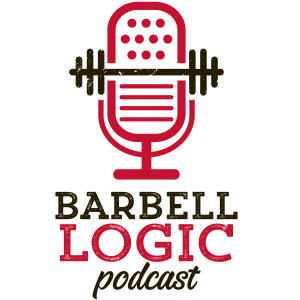
Matt & Niki explore tactile cues: different types, how & when to use them for in-person and online coaching.
Oh, and how do you pronounce tactile? Is it like "tactical?"
Tactile Cues vs Verbal & Visual CuesTactile cues, as you may have guessed, involve you as the coach or an object touching the lifter.
You need to build trust with your lifter, so ask if it's okay to touch the lifter to correct their technique, and touch them professionally. There are some situations where you may simply want to avoid touching lifters. Matt, for example, used to coach junior high females.
What physical cues can you use in online coaching?
Adjusting the lifter into correct technique is impossible. You may recommend the lifter gets an in-person session with a coach if you trust.
There are ways, however, to bring attention to a body part or impose a physical limitation.
The lifter or person close to the lifter may touch the lifter to bring attention to a body part. You don't have to be a coach to touch someone's low back or mid-sternum.
Setting up a band or TUBOW, as well, can be done with online coaching.
Get your FIRST MONTH FREE on all strength and nutrition coaching plans. No discount code needed and includes a 10-day, no obligation trial. https://bit.ly/2MKeOoh
- Matt on Instagram
- Niki on Instagram
- Barbell Logic on Instagram
- Podcast Webpage
- Barbell Logic on Facebook
- Or email podcast@barbell-logic.com
More Episodes
 2021-08-30
2021-08-30
 2021-08-23
2021-08-23
 2021-08-02
2021-08-02
 2021-07-26
2021-07-26
Create your
podcast in
minutes
- Full-featured podcast site
- Unlimited storage and bandwidth
- Comprehensive podcast stats
- Distribute to Apple Podcasts, Spotify, and more
- Make money with your podcast
It is Free
- Privacy Policy
- Cookie Policy
- Terms of Use
- Consent Preferences
- Copyright © 2015-2024 Podbean.com





